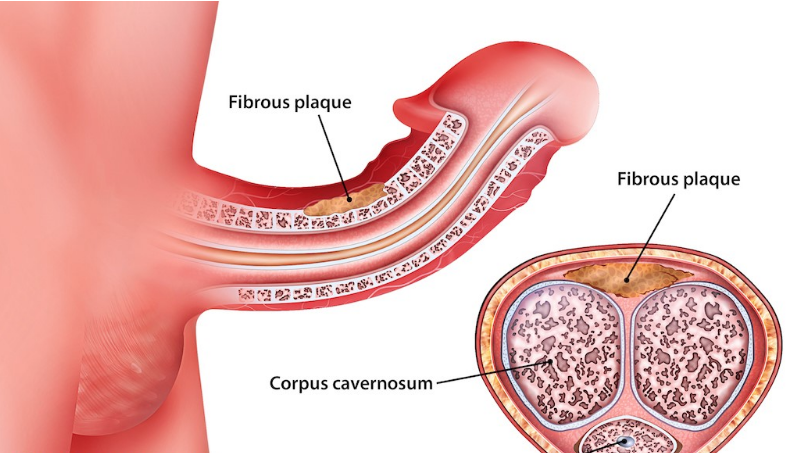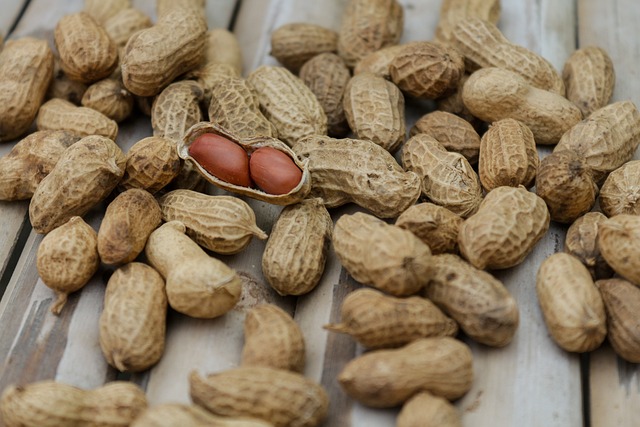
Why and how Peyronie’s disease haqppen, e.g. the causes and mechanisms behind its development, are not entirely understood. However, some clues have emerged from scientific research and accumulated clinical experiences.

Causes Of Peyronie’s Disease
Peyronie’s disease is a condition that can result in penile curvature, discomfort, and potential challenges in sexual function.
While its exact cause is not fully understood, several factors have been implicated in its development. Let’s delve into these factors and explore two relevant studies shedding light on the condition.
1. Excessive Masturbation or Rigorous Sexual Intercourse:
The idea that excessive masturbation or strenuous sexual activities could lead to Peyronie’s disease has been a topic of discussion. However, direct causality is not well-established, and more research is needed to establish a concrete link between these behaviors and the condition.
2. Shockwave Therapy for Erection or Penile Injections:
Studies investigating the relationship between shockwave therapy or penile injections and Peyronie’s disease are relatively scarce. While these therapies are designed to address erectile dysfunction, further research is required to comprehensively assess any potential associations with the development of Peyronie’s disease.
3. Prolonged Catheterization or Urological Procedures:
Study 1: “Peyronie’s Disease: A Review of Etiology, Diagnosis, and Management” (Smith, J. F., et al., 2013):
- This review article in The World Journal of Men’s Health outlines potential risk factors for Peyronie’s disease, including urological procedures and prolonged catheterization. While it highlights these factors, it also underscores the need for additional research to elucidate their precise role in disease development.
4. Prostate Cancer Surgery:
Study 2: “Incidence and Treatment of De Novo Erectile Dysfunction Following Radical Prostatectomy: A Review” (Mulhall, J. P., et al., 2013):
- This study, published in The Journal of Sexual Medicine, discusses post-prostatectomy complications, including potential associations with erectile dysfunction. While it does not specifically address Peyronie’s disease, it provides insights into the impact of surgical procedures in the urological context.
5. Diabetes:
Diabetes can lead to microangiopathy, which may contribute to urethritis and inflammation in the penile tissues, potentially increasing the risk of Peyronie’s plaques. However, more research is needed to establish a definitive connection between diabetes and Peyronie’s disease.
6. Dupuytren’s Contracture:
Dupuytren’s contracture is characterized by collagen-related disorders and may share common mechanisms with Peyronie’s disease due to issues with collagen formation. Nevertheless, additional research is required to fully understand the relationship between the two conditions.
Potential Complex Web of Causes:
It’s important to emphasize that the causes of Peyronie’s disease are multifactorial and not fully understood.
These potential risk factors provide insights into areas that may contribute to the condition, but they do not represent an exhaustive list.
Other genetic, environmental, and lifestyle factors may also play a role in the development of Peyronie’s disease.
In summary, the exact causes of Peyronie’s disease remain complex and multifactorial, and further research is necessary to establish concrete links.
How To Treat Peyronie’s Disease At Home
Recent scientific research has indicated that penis extenders, commonly referred to as “penile traction and vacuum devices,” are highly effective for at-home treatment of Peyronie’s disease.
Numerous studies support this as the safest treatment method with results comparable to surgery. Unlike surgery, which carries certain risks, the use of traction and vacuum devices does not pose similar concerns.

The use of supplements, such as Vitamin E, is considered one of the alternative treatment methods. While they are known to potentially improve the condition of penile tissues, their contribution to reversing the condition has not been scientifically established.
You can find out more here.

